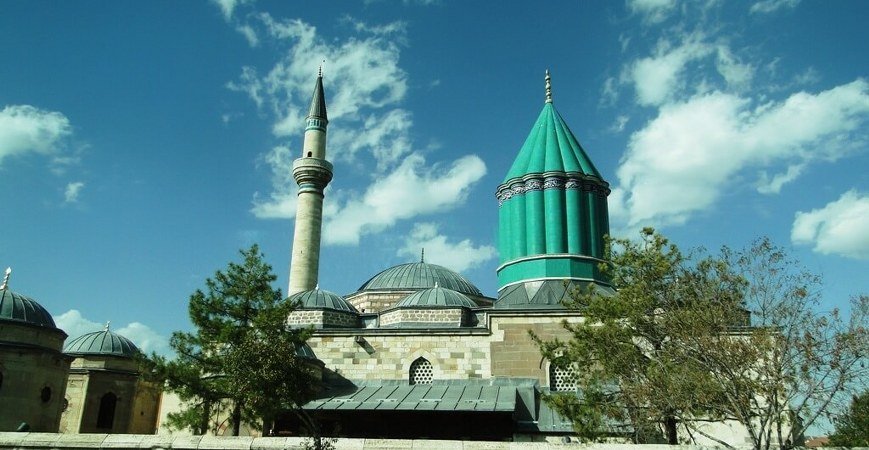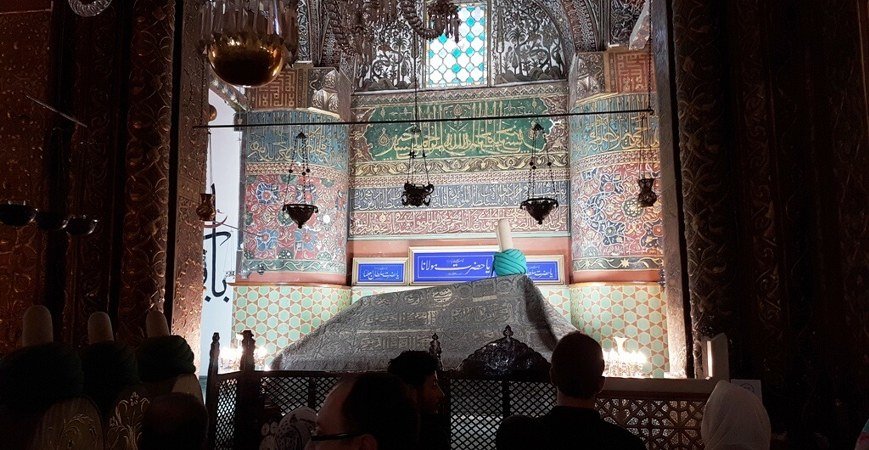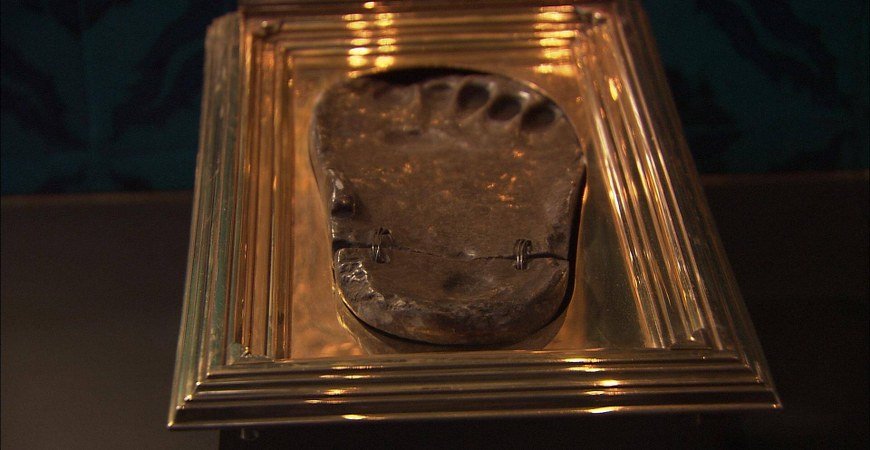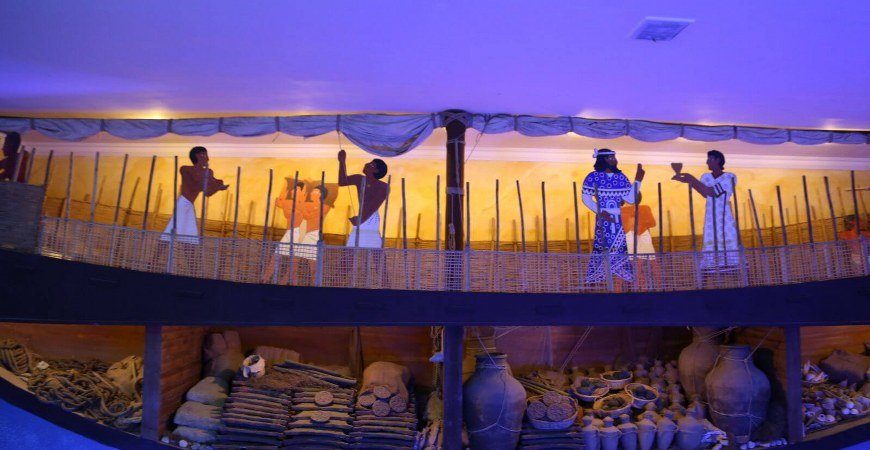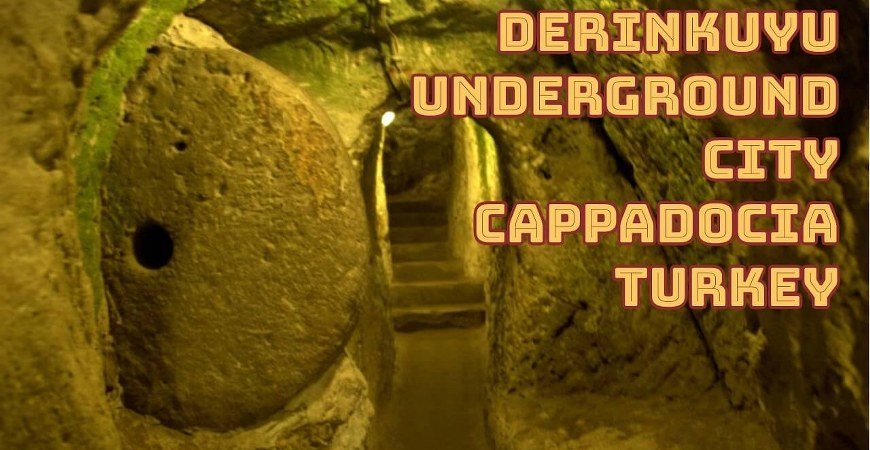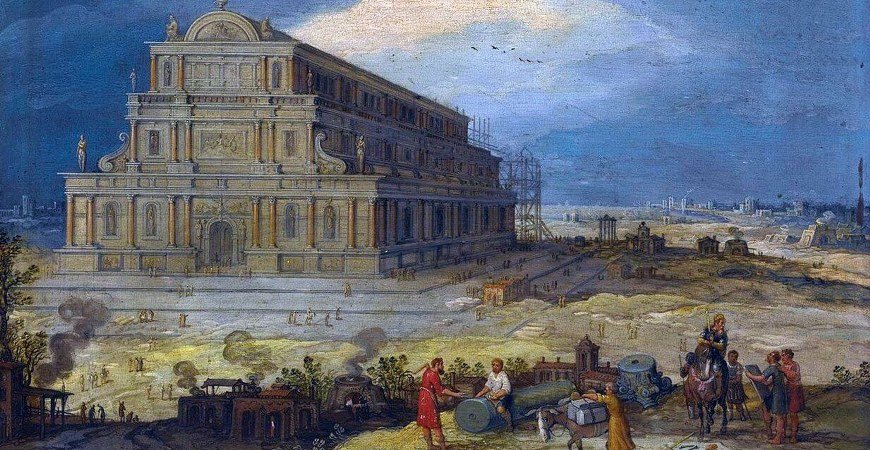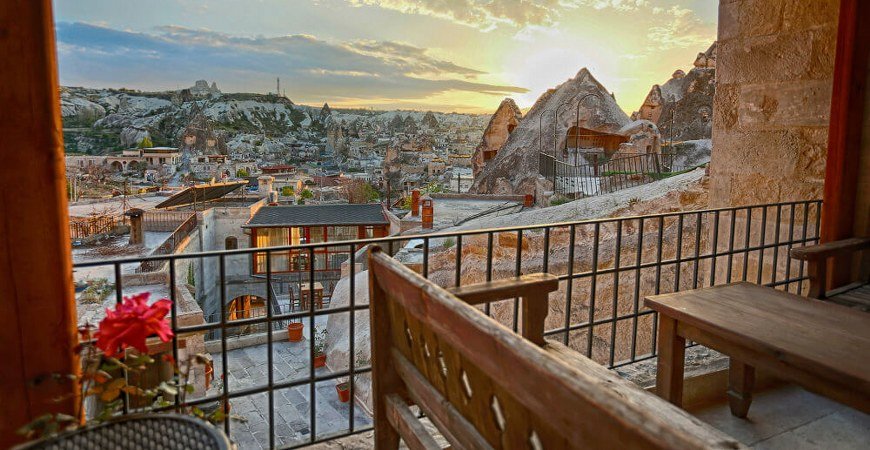The Sarcophagus of Mevlana Konya – Chapter 2,
No nails were used, each part had been cut so accurately that they fit into each other perfectly. On the front was an inscription telling Mevlana’s identity, at the end of which were written these lines: “Those who visit this place of rest are happy. Here lies Mevlana, the sultan of scholars in both east and west, who shines in the darkness. illuminates the nights, the light of God, a priest the son of a priest, beloved of those who decorate the people’s gardens of the heart with true flowers, who distinguish right from wrong, the pivot of holy knowledge.” At the back is written the date of his death and the name of the artist who designed the sarcophagus. On the sides are inscribed some odes written by Mevlana and 22 couplets from his Mesnevi. Here is what Mevlana calls out in these lines:
When I die and you see my coffin carried on their shoulders, do not suppose that I carry the trouble of the world with me. Do not cry for me, do not say ‘what misfortune’, or ‘alias’, the time to thus lament is when you fall into Satan’s trap. When you see my corpse do not bewail the separation, my meeting, my finding begins then. When they put me in the grave do not say farewell. The grave is the curtain before heaven’s gate. You have seen the sunset, so watch it rise. The setting does not harm the sun or the moon. To you, it seems that they set, but in fact, it is a rebirth. The grave seems like a prison, but in fact, it releases the soul from prison.
What seed ever fell to the ground without growing. Why do you not believe that the seed of man will grow when it is sown.
You can continue to find more details about The Sarcophagus of Mevlana Konya in chapter 3.
